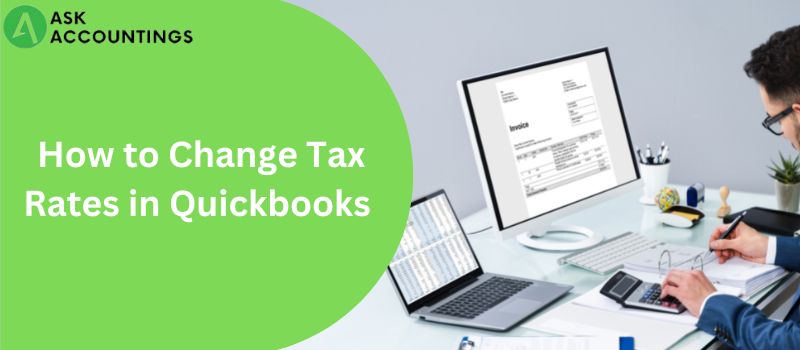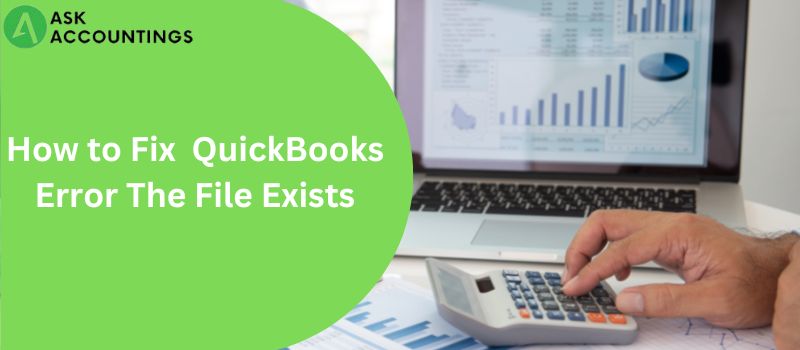When data is corrupted, your QuickBooks program is unable to accurately read the company file. You must understand ‘how to correct QuickBooks data corruption’ to avoid QB downtime. Prior to fixing the problem, it’s crucial to understand what leads to QuickBooks data corruption and how to spot it. This page describes potential causes of QB data corruption, symptoms to spot data file corruption, and solutions. Additionally, it covers ways to guard against data corruption in QuickBooks.
What Leads to Data Corruption in QuickBooks?
Improper system shutdown, while QuickBooks is open, is the most prevalent cause of QuickBooks data damage. Other circumstances, however, might also lead to data loss. These consist of.
- Hardware, software, or network connectivity problems.
- The QuickBooks data file’s voluminous size.
- LVL problems in the QBWin.log log file for QuickBooks.
- Invoice and payment inconsistencies. Unpaid debts and invoices, for example, are reported as paid on the balance sheet.
How Can I Tell If My QuickBooks Data Is Corrupt?
Data corruption in a QuickBooks data file might be undiscovered for a long period, particularly in less frequently used files, until the data is lost or corrupted. You can recognize data corruption using certain signs, such as:
- QuickBooks malfunctions
- QuickBooks crashes or freezes immediately after opening
- Company file cannot be opened (QBW)
- QuickBooks backup restoration failed
- Experiencing issues such as -6000 -301, – 6150 -1006, etc. while accessing a corporate file
What Types of Data Damage Errors Can QuickBooks Desktop Experience?
There are four types of data damage in QuickBooks Desktop. These are listed below.
Damage to Structural Data
QuickBooks Desktop makes use of a database in which data is kept in tables. When there are issues with the table’s contents or their headers, QuickBooks Desktop may provide errors like Error -6000, -301, or Error -6150,-1006. These demonstrate that there may have been damage to the data’s structural integrity in QuickBooks.
List Data Damage
QuickBooks Desktop stores detail about certain qualities as list items. These include, but are not limited to, clients, staff members, suppliers, accountants’ charts, inventory, and services. In QuickBooks Desktop, list data can become damaged if the order is off, if there are inaccurate or redundant entries for unique attributes, or if there are other problems.
Damage to Transaction Data
An inaccurate open balance or discrepancies between an item’s history and a user’s sales orders may occasionally be visible to users. Transaction data degradation is the cause of these mistakes.
Damage to Link Data
These mistakes happen when the connections between transactions are broken. Inconsistencies in the reports might be the consequence of these broken connections. Since manual transaction opening is required to fix them, they are somewhat challenging to diagnose.
How Can Data Damages Be Repaired in QuickBooks Desktop?
The techniques to identify and fix these mistakes frequently rely on the kind of data degradation. Here are a few of the methods that are most frequently used to fix data damage in QuickBooks Desktop.
Rebuilding Data Tool Use
Inbuilt into QuickBooks Desktop, the Rebuild Data Tool may be used to automatically resolve small problems with corporate data. When you select Verify Data, the program runs a check for errors. If QuickBooks detects data damage, select Rebuild Now to rectify the issue.
QuickBooks File Doctor use
Even after the QuickBooks business file is rebuilt, the problem might occasionally still exist. Or, the actual rebuilding procedure itself takes a lot longer than intended. This might mean that the data destruction is more pervasive or that there are additional variables, including network problems. QuickBooks File Doctor and other technologies in the QuickBooks Tool Hub may do deeper scans to find and correct data corruption and other issues.
Applying Manual Fixes
Both of these solutions may not be able to fix all mistakes brought on by data damage, especially those involving link data damage. With the assistance provided on the Verify Results screen, you may attempt to correct problems manually. The final resort is to get in touch with QuickBooks support to get recovery help if none of these strategies work.
Conclusion
A corrupted or damaged file is not the end of the world (despite what the term suggests). With the tools listed above, Intuit has preempted many of them. If you encounter one of these issues (*knock on wood*), run your QB Verify and Data Rebuild Tool first. Use the File Doctor to further address the problem if that doesn’t resolve it.
When updating the desktop or payroll, how to fix QuickBooks Error 15103



